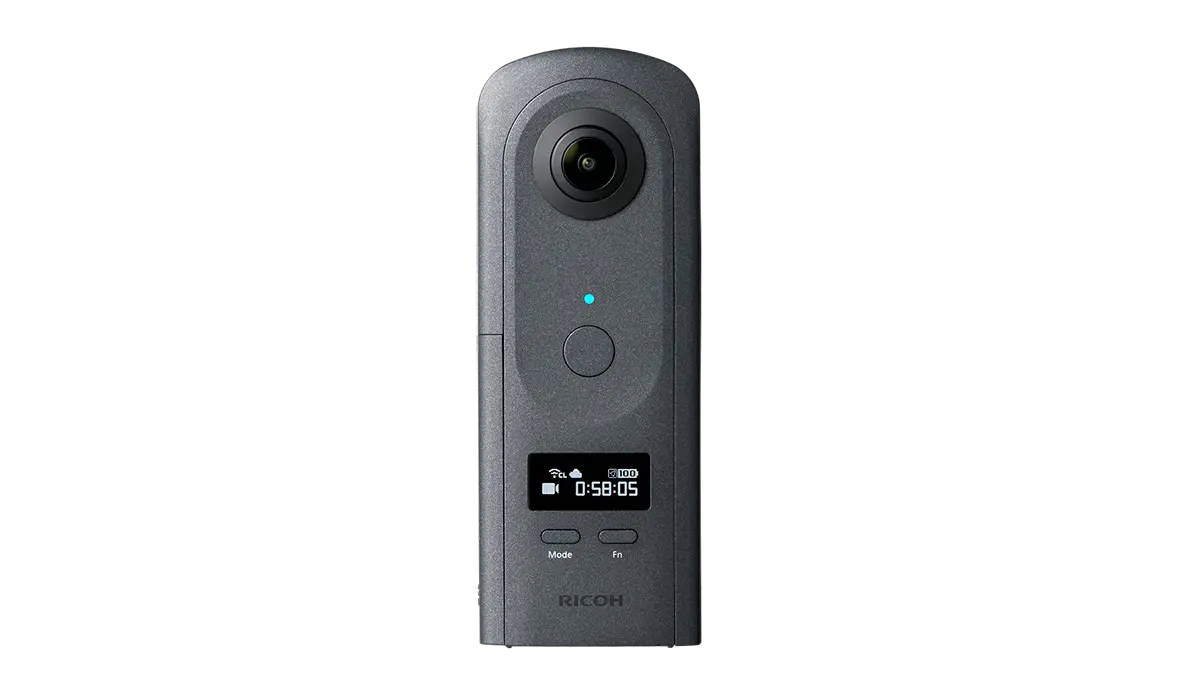
The idea of creating an immersive 3D virtual tour is compelling, but the investment in professional cameras like the Matterport Pro2 or Pro3 can be a significant barrier. The good news is that the ecosystem has evolved. It is now more accessible than ever to get started with Matterport using devices you may already own.
This guide, updated from our original 2021 article, offers a neutral, informative look at the accessible options for creating Matterport tours. We'll explore what's possible with smartphones and consumer 360 cameras, and provide a clear-eyed view of the trade-offs involved.
The 2025 Perspective: What's Changed Since 2021
- Mobile Scanning Has Matured:
In 2021, scanning with a phone was still a relatively new feature. Today, the Matterport for Mobile app is a robust and surprisingly capable tool, especially on iPhones equipped with LiDAR sensors, which significantly improve the quality of the 3D mesh.
- Consumer 360 Cameras are Better:
The image quality and processing power of consumer-grade 360 cameras have improved dramatically. This makes them a more viable option for creating visually impressive tours quickly.
- A Clearer Distinction: "Visual Tour" vs. "Digital Twin":
The market now better understands the difference. A tour made with a phone or 360 camera is an excellent visual tour, great for marketing and walkthroughs. A tour made with a Pro camera is a true digital twin—a dimensionally accurate data asset suitable for construction, floor plans, and professional documentation. This distinction is key to setting the right expectations.
Option 1: Using Your Smartphone
This is the most accessible entry point into the Matterport ecosystem. The Matterport for Mobile app (available for both iOS and Android) allows you to use your device's camera to capture a space. The app guides you through a process of taking overlapping images, and Matterport's Cortex AI then stitches them together to create a 3D model.
- The LiDAR Advantage:
Newer iPhones (Pro models) and iPads are equipped with a LiDAR scanner. This sensor provides depth information that results in a more accurate 3D model and a more reliable capture process compared to devices relying solely on camera data.
- Best Use Cases:
Perfect for small spaces like a single room or a small apartment, for students learning the technology, or for personal projects. For a deeper dive, we have prepared a complete student's guide to Matterport.
- Limitations:
The final visual quality is limited by your phone's camera. More importantly, the 3D data is not dimensionally accurate, meaning it cannot be reliably used for measurements or schematic floor plans.
Option 2: Using a Consumer 360 Camera
This represents the next step up in both quality and efficiency. By connecting a supported 360 camera to the Matterport Capture app, you can capture entire rooms in a single shot. Popular models like the Ricoh Theta series are well-supported and offer a significant improvement over a smartphone.
- The Speed Advantage:
A 360 camera drastically reduces the on-site capture time. Instead of taking dozens of individual photos per room, you place the camera on a tripod and capture everything with a single button press.
- Best Use Cases:
Ideal for real estate agents on a budget, businesses wanting to quickly create a tour for their Google Business Profile, or for documenting medium-sized spaces where high dimensional accuracy is not the primary goal.
- Limitations:
While visually impressive, the 3D model is still an estimate generated by the AI rather than a true measurement. Image quality, especially in low light, can be lower than that of a professional camera.
The critical takeaway is to match the tool to the objective. For learning, experimenting, or simple visual marketing, smartphones and 360 cameras are powerful and cost-effective tools. For professional documentation, construction, or high-end real estate, the investment in a professional scan is justified by the data accuracy and superior visual fidelity.